Posted By
lyndon
824 View(s)
The Mercedes-Benz C-Class is a name that resonates with
luxury, performance, and innovation in the world of automobiles. Since its inception, the C-Class has been a pillar of the Mercedes-Benz line-up,
representing the brand's commitment to excellence in engineering and design. In
this 800-word exploration, we will delve into the fascinating history of the
Mercedes C-Class, tracing its origins, evolution, and enduring legacy in the
automotive industry.
Origins (1982-1993)
The story of the Mercedes C-Class begins in the early 1980s
when Mercedes-Benz recognized the need to expand its product range beyond the
iconic S-Class and E-Class models. In 1982, the W201, internally known as the
"Baby Benz," made its debut as a compact executive car. This marked a
significant departure from the larger sedans Mercedes was known for, targeting
a new demographic of buyers seeking a blend of luxury and agility. The W201 was well-received for its engineering excellence
and safety innovations, such as the world's first production car with front and
rear crumple zones. It featured a range of engines, from modest four-cylinders
to powerful six-cylinders, offering buyers a variety of options to suit their
preferences. This marked the beginning of the C-Class lineage, which would
evolve and improve over the years.
Evolution (1993-2000)
In 1993, Mercedes-Benz introduced the second-generation
C-Class, internally known as the W202. This model took a leap forward in terms
of design, technology, and performance. It featured a more aerodynamic and
curvier body, setting the stage for the sleek and elegant design language that
Mercedes-Benz continues to employ today. The W202 also introduced the AMG-tuned C36, signalling the
brand's commitment to high-performance variants of the C-Class. This era saw
the birth of the C43 AMG and C55 AMG models, which catered to enthusiasts
seeking more power and sportier driving dynamics in a compact package.
The 1990s also brought advancements in safety and
technology, with innovations like Electronic Stability Control (ESP) and the
introduction of more advanced infotainment systems. These enhancements
solidified the C-Class as a technologically advanced and safety-conscious
luxury vehicle.
Global Dominance (2000-2014)
With the dawn of the new millennium came the introduction of
the third-generation C-Class, known as the W203. This generation witnessed the
expansion of the C-Class's global presence, as Mercedes-Benz aimed to compete
on a broader scale. It was during this period that the C-Class became a
best-seller for Mercedes, solidifying its status as a household name. The W203 continued to evolve, offering a wide range of
engines, including fuel-efficient diesel options and high-performance AMG
variants. Its luxurious interior and innovative features, such as the COMAND
infotainment system, contributed to its success. One notable addition during this era was the introduction of
the C-Class Sports Coupe, a compact hatchback designed to appeal to a younger,
more dynamic demographic. This diversification of the C-Class line-up showcased
Mercedes-Benz's adaptability and commitment to meeting changing market demands.
Modernisation and Innovation (2014-Present)
In 2014, the fourth-generation C-Class, known as the W205,
made its debut. This iteration represented a significant shift in the C-Class's
philosophy, as it embraced lightweight construction techniques and featured a
more extensive use of aluminium, contributing to improved performance and fuel
efficiency. The W205 also heralded the arrival of advanced driver
assistance systems, bringing semi-autonomous driving capabilities to the
C-Class. These systems included adaptive cruise control, lane-keeping assist,
and autonomous emergency braking, setting new standards for safety and
convenience. Furthermore, the interior of the W205 showcased a leap
forward in luxury and technology, with high-quality materials, a
state-of-the-art infotainment system, and a more spacious cabin. The C-Class
retained its reputation for elegance and refinement while embracing the digital
age.
Electric Future (2022 and Beyond)
As the automotive industry transitions towards electric
mobility, Mercedes-Benz has not forgotten the C-Class. In 2022, the brand
unveiled the first all-electric C-Class model, known as the EQC. This electric
iteration represents a significant milestone in the C-Class's history, aligning
it with the future of sustainable transportation. The EQC combines the elegance and performance of the
traditional C-Class with the benefits of electric power, including instant
torque and zero emissions. With the promise of future electric variants and
hybrid options, the C-Class is poised to remain a relevant and exciting choice
for luxury car enthusiasts in the years to come.
Conclusion
The history of the Mercedes C-Class is a testament to
Mercedes-Benz's commitment to excellence, innovation, and adaptability. From
its humble beginnings as the "Baby Benz" to its current status as a
global icon of luxury and performance, the C-Class has evolved and adapted to
changing times while maintaining its core values. As the automotive industry continues to evolve, the C-Class
stands ready to embrace the future with electric and hybrid variants, ensuring
that it remains a symbol of sophistication and driving pleasure for generations
to come. The C-Class is not just a car; it's a story of enduring success and a
testament to Mercedes-Benz's dedication to pushing the boundaries of automotive
excellence.
If you own a Mercedes C Class and require new bumpers or headlights, please visit our dedicated Mercedes page
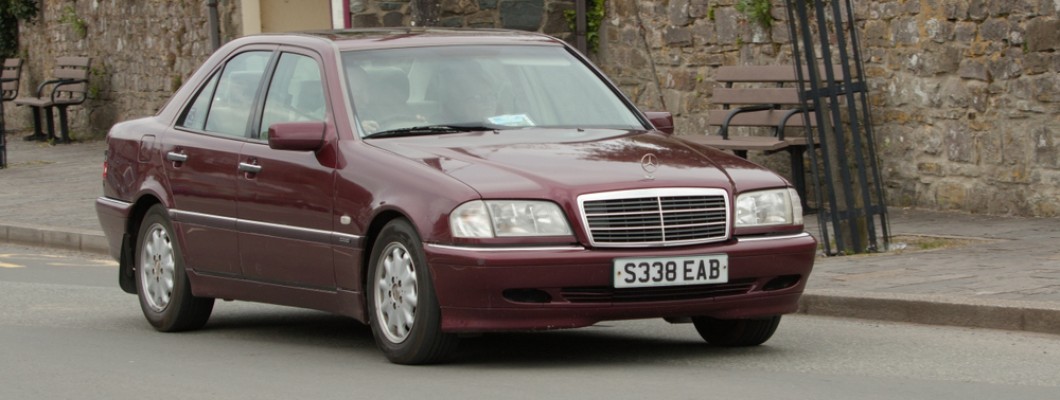
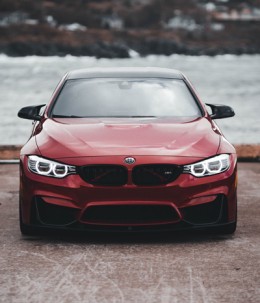





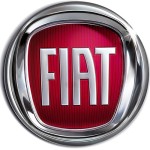
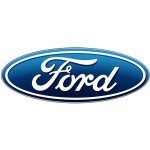





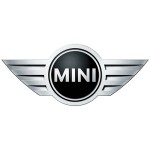

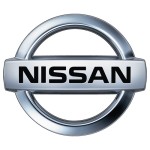

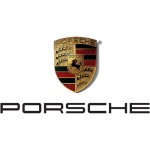
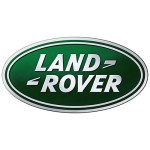
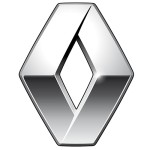

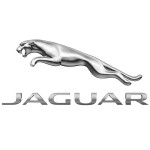

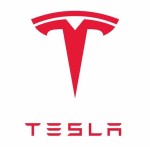


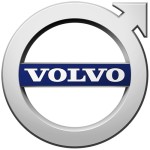

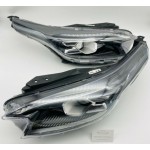
Leave a Comment